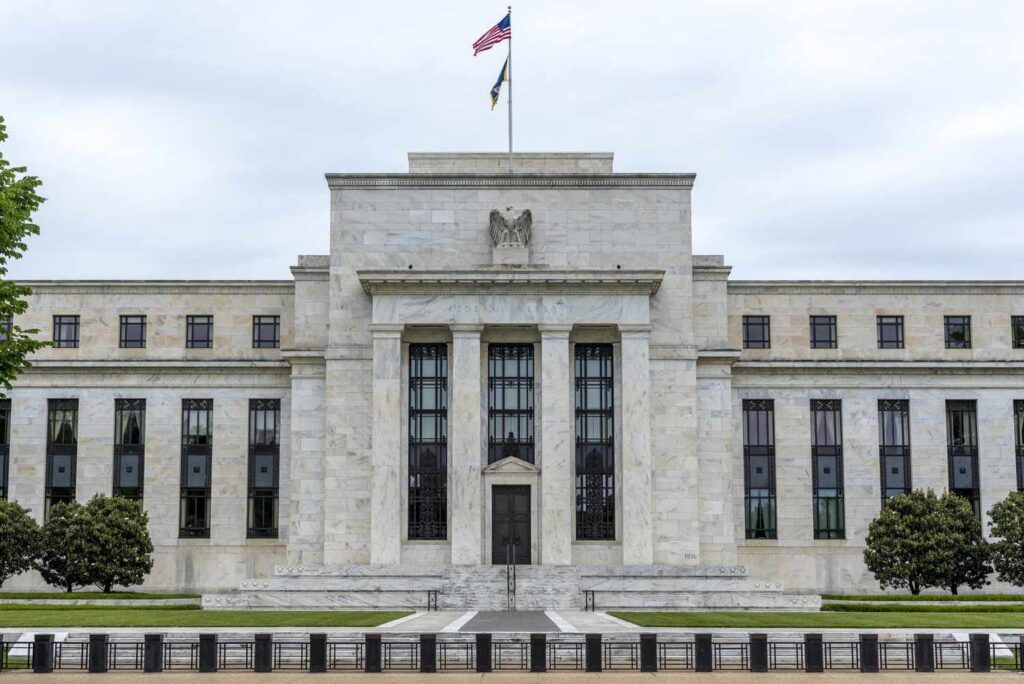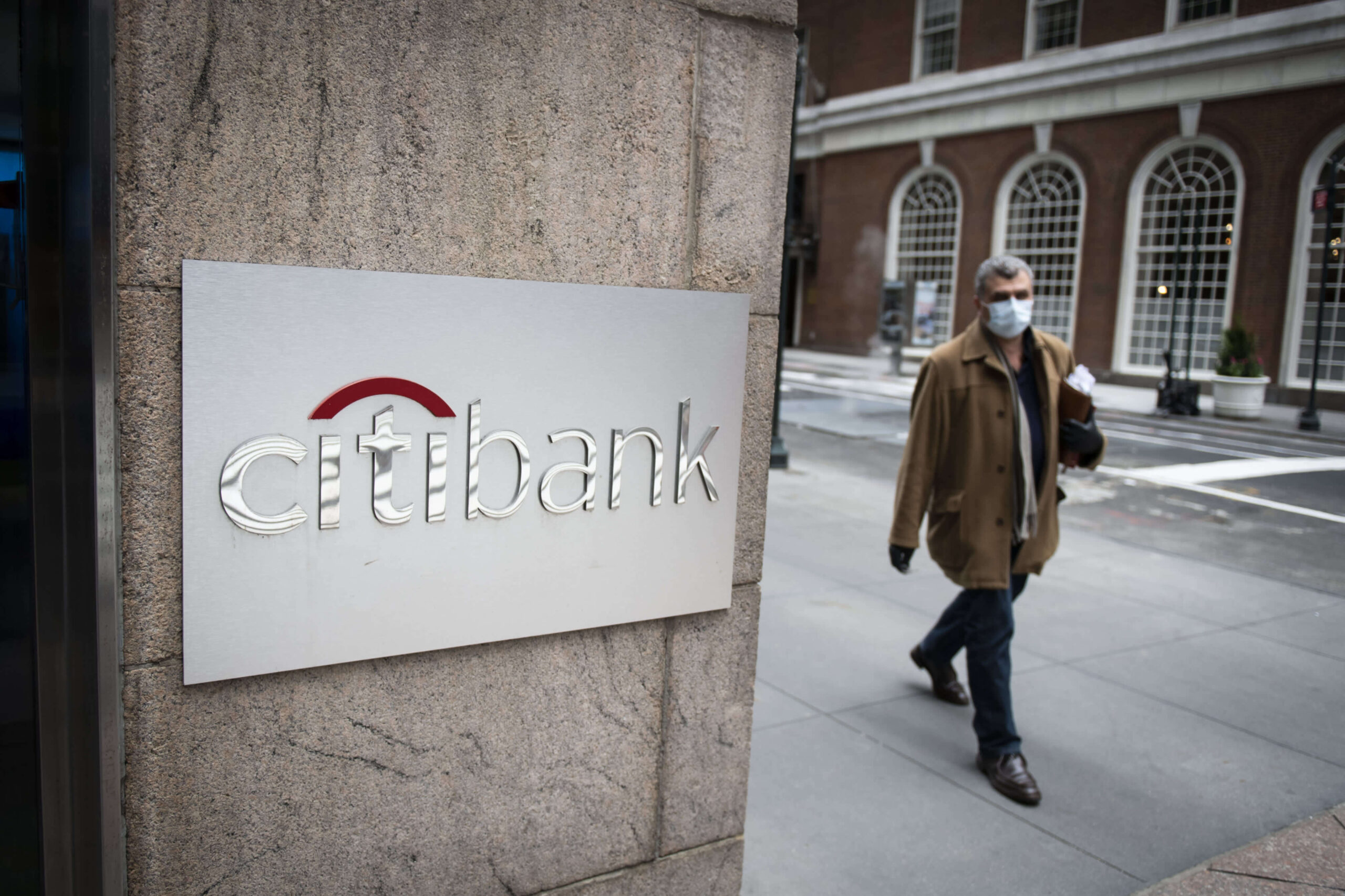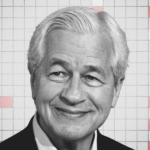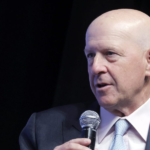According to strategists at Citigroup Inc., bond traders have largely aligned with the Federal Reserve’s anticipated easing cycle. However, Citigroup notes a crucial gap in traders’ strategies: the failure to hedge against the risk of a brief easing cycle followed by subsequent rate increases. Citigroup’s economists anticipate the Fed’s first rate cut in June and suggest that the coming years may echo the events of the late 1990s.

In 1998, the US central bank swiftly implemented three rate cuts to address a financial crisis triggered by the Russian debt default and the near-collapse of hedge fund Long-Term Capital Management. Following this brief easing period, the Fed commenced a cycle of rate increases in June 1999 to combat inflationary pressures.
Currently, swaps traders predict that the Fed will execute four or possibly five quarter-point rate cuts in 2024, slightly more than the three projected by policymakers in their latest quarterly rate forecast, known as the dot plot. This contrasts with last year when traders anticipated as many as seven rate cuts.
Jason Williams, global market strategist at Citigroup, emphasized the importance of considering the possibility of future rate hikes, drawing parallels to the 1998 easing cycle. He wrote, “If inflation does not return to a consistent 2%, the potential for future Fed hikes should increase from this very depressed level.”
Should inflation persist, discussions surrounding the Fed’s so-called neutral rate — which balances supply and demand — could reignite, potentially leading to a steepening of the Treasury yield curve, Williams suggested.
January’s consumer price inflation data, scheduled for release on Tuesday, is forecasted to dip below 3% for the first time in nearly three years.
After raising the benchmark interest rate by over five percentage points between March 2022 and July of last year, Fed officials observed a rapid decline in inflation in the second half of 2023. Since July, policymakers have maintained rates unchanged, and Fed Chair Jerome Powell has indicated that a rate cut next month is unlikely as officials seek greater assurance that inflation is on track to return to their 2% target.









